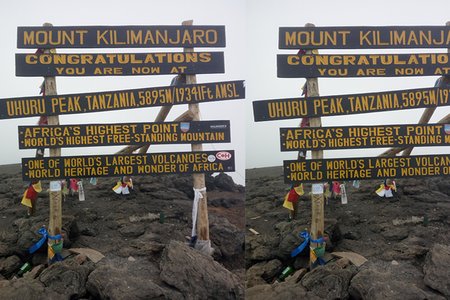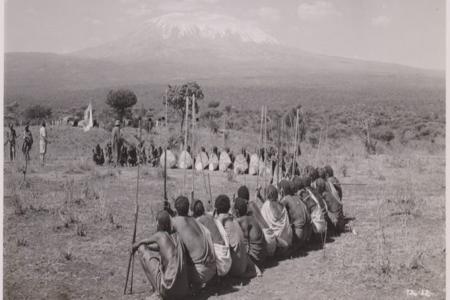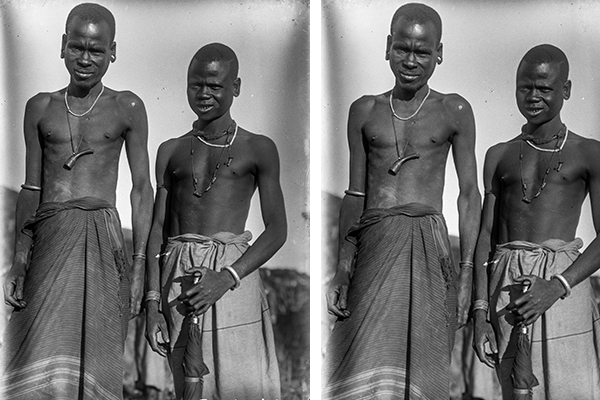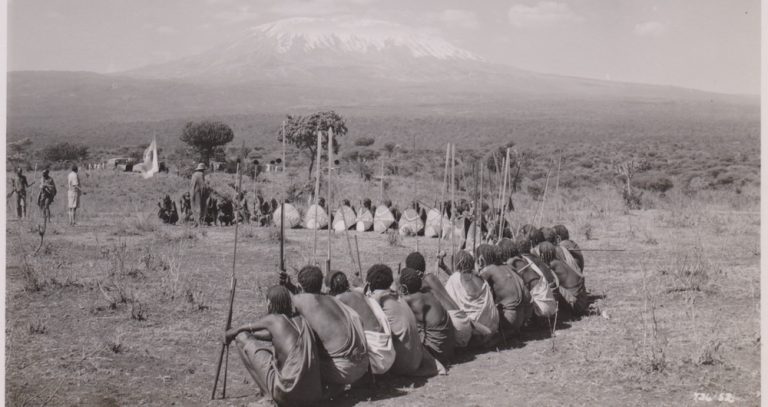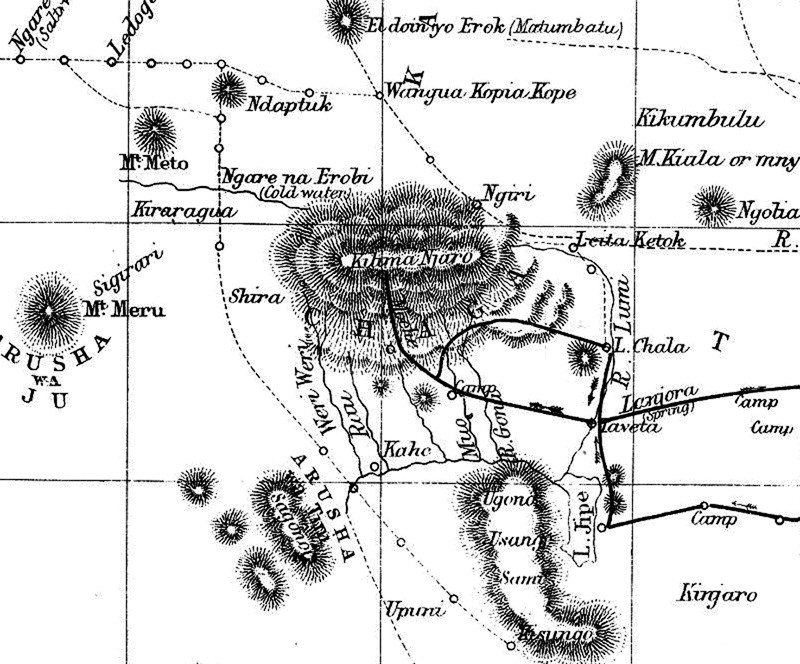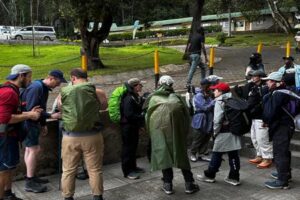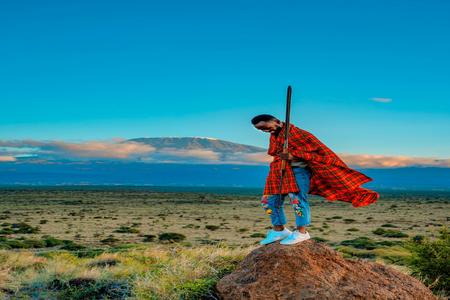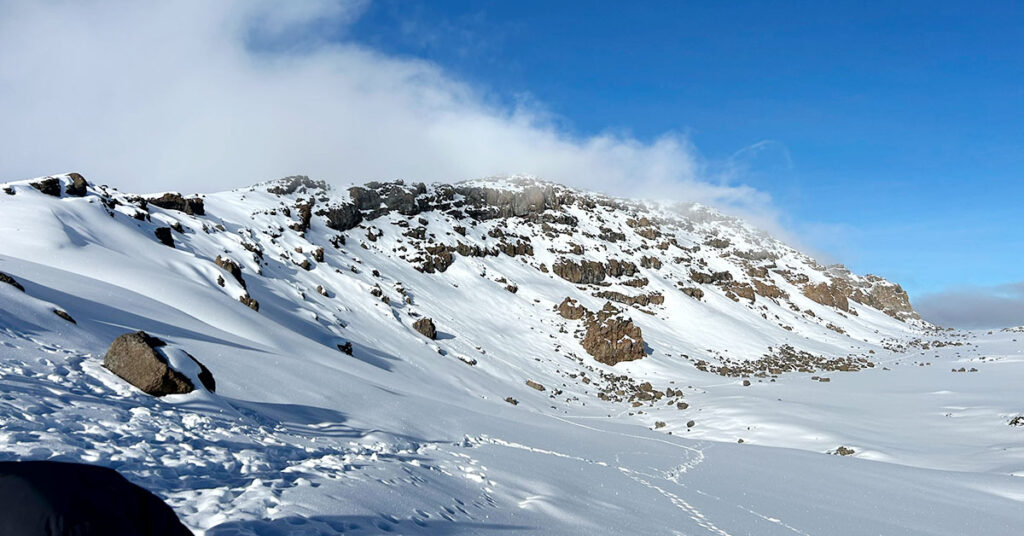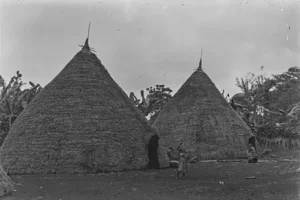Table of Contents
Uhuru Peak? The Story Behind the Name | Kili Quests
Uhuru Peak is not only the summit of Mount Kilimanjaro, but also the highest point in Africa at 5,895 meters (19,341 feet). While it’s a dream destination for trekkers worldwide, the name “Uhuru” carries deep historical and cultural significance for the people of Tanzania.In this article, we uncover the meaning behind the name Uhuru Peak, and how it came to symbolize more than just a mountain summit — it became a tribute to a nation’s freedom.
Learn how Uhuru Peak got its name after Tanzania’s independence
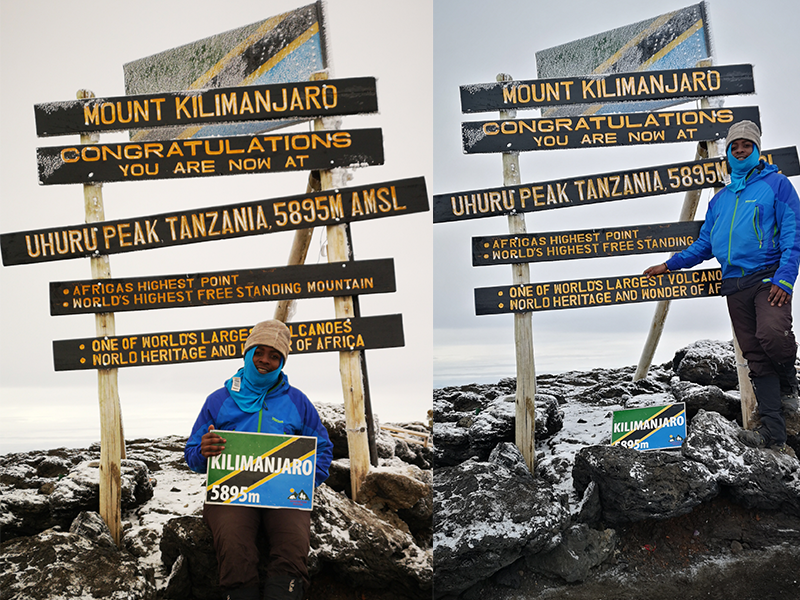
What Does “Uhuru” Mean?
“Uhuru” is a Swahili word that means freedom or independence. It’s one of the most powerful and unifying words in East Africa, especially in the context of post-colonial history.
When Tanganyika — now part of modern-day Tanzania — gained independence from British rule on December 9, 1961, it marked a major milestone in the African liberation movement. In honor of that moment, the highest point on Mount Kilimanjaro was renamed Uhuru Peak.
Uhuru Peak: A Symbol of National Pride
Renaming the summit wasn’t just symbolic. It made Kilimanjaro an emblem of a free and united Tanzania. Here’s why:
- Kilimanjaro, already a towering natural landmark, became a national monument of independence.
- The name Uhuru Peak reflects the collective spirit of Tanzanians rising above colonial history.
- It serves as a message of hope and empowerment to both citizens and international climbers.
- Climbing to Uhuru Peak is not only a physical achievement — it’s a journey through history.
Where Is Uhuru Peak on Mount Kilimanjaro?
Uhuru Peak is located on the crater rim of Kibo, one of Kilimanjaro’s three volcanic cones. It is the final and highest point that climbers reach after passing important waypoints such as:
- Stella Point (5,739 m / 18,829 ft)
- Gillman’s Point (5,681 m / 18,638 ft)
All major Kilimanjaro routes — including the Lemosho, Machame, Marangu,Umbwe,Shira,Northern circuit and Rongai routes — ultimately lead to this same iconic summit sign:
“Congratulations! You are now at Uhuru Peak, Tanzania, 5,895 m. Africa’s highest point. World’s highest free-standing mountain.”
Ever wondered why it’s called Gilmans Point? Here’s the real story.”
Did You Know?
- Before independence, the summit didn’t have an official name.
- The name “Uhuru” was chosen to inspire unity among Tanzanians and other African nations seeking liberation.
- December 9th — Tanzania’s Independence Day — is still celebrated with pride, and for many climbers, reaching Uhuru Peak on that day is especially meaningful.
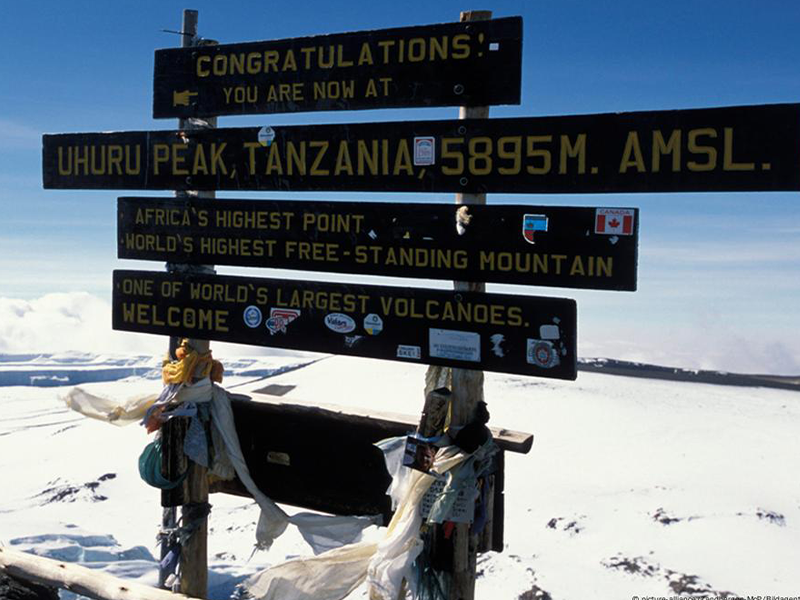
Conclusion: More Than a Summit
Today, Uhuru Peak stands as a place where natural beauty and cultural heritage meet. It’s where trekkers from around the world are welcomed by the legacy of a nation that claimed its freedom and stood tall.
When you stand at Uhuru Peak, you’re not just on top of Africa — you’re standing on a summit named for freedom, shaped by history, and fueled by the determination of those who made it possible.
Ever wondered why it’s called Stella Point? Here’s the real story.”
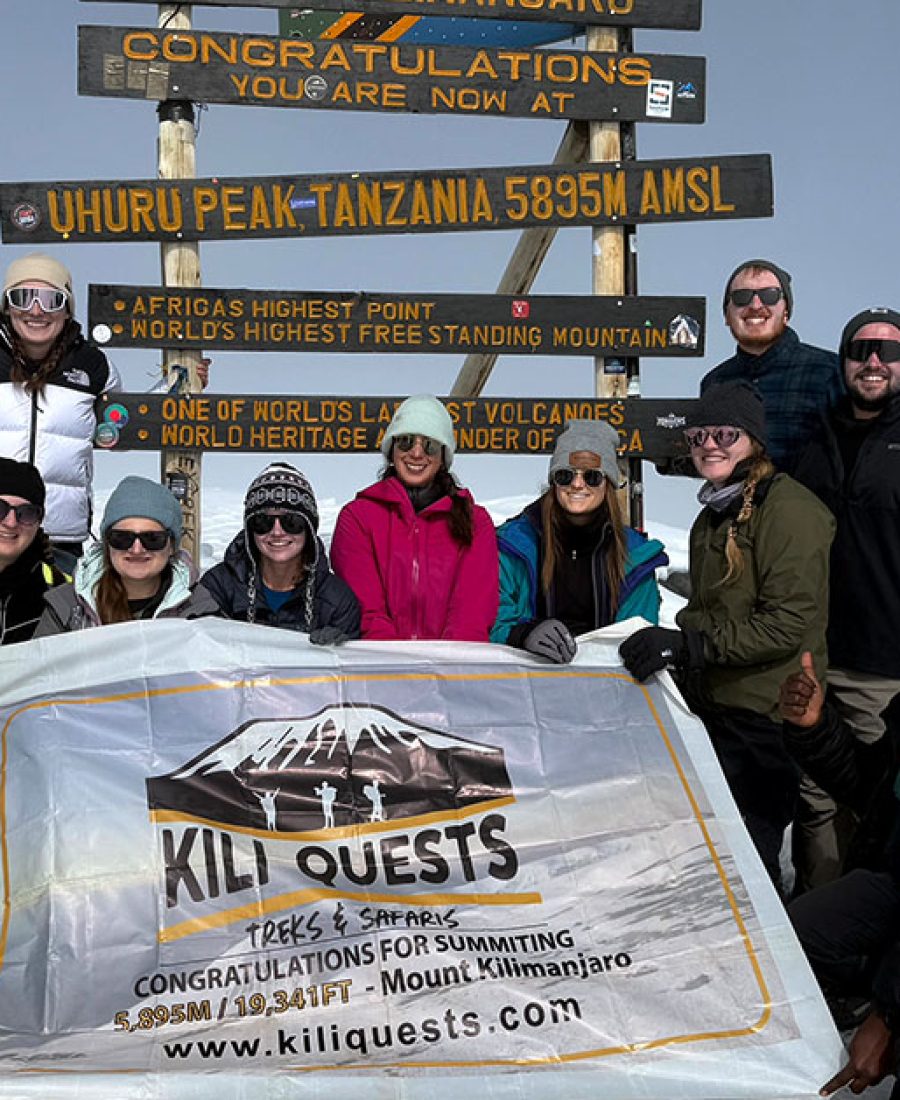
Plan Your Journey with Kili Quests
Is Kilimanjaro one of the world’s wonders? Learn what makes it globally iconic — from UNESCO status to its place among the Seven Natural Wonders.
Let Kili Quests guide you to the top with expert-led Kilimanjaro treks, full route support, and meaningful insight into the history, culture, and nature of the mountain.
Related Articles
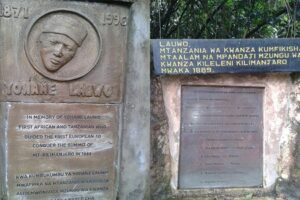
Kilimanjaro Climbing History: Lauwo’s First Summit & Chagga
April 15, 2025
No Comments
Table of Contents Who Was Lauwo? Tanzania’s First Kilimanjaro Guide | Kili Quests When talking about the first successful ascent of Mount Kilimanjaro, most people
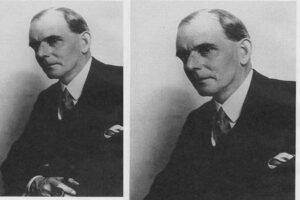
Why Is It Called Gilman’s Point? Kilimanjaro Summit History
April 15, 2025
No Comments
Table of Contents Why Is It Called Gilman’s Point? The Story Behind the Name | Kili Quests Climbers taking the Marangu or Rongai Route

Mount Kilimanjaro Myths: Chagga, Maasai, and Pare
April 15, 2025
No Comments
Table of Contents Kilimanjaro Myths, Spirits & Tribes: Chagga, Maasai & Pare | Kili Quests Mount Kilimanjaro is not only Africa’s tallest peak —


